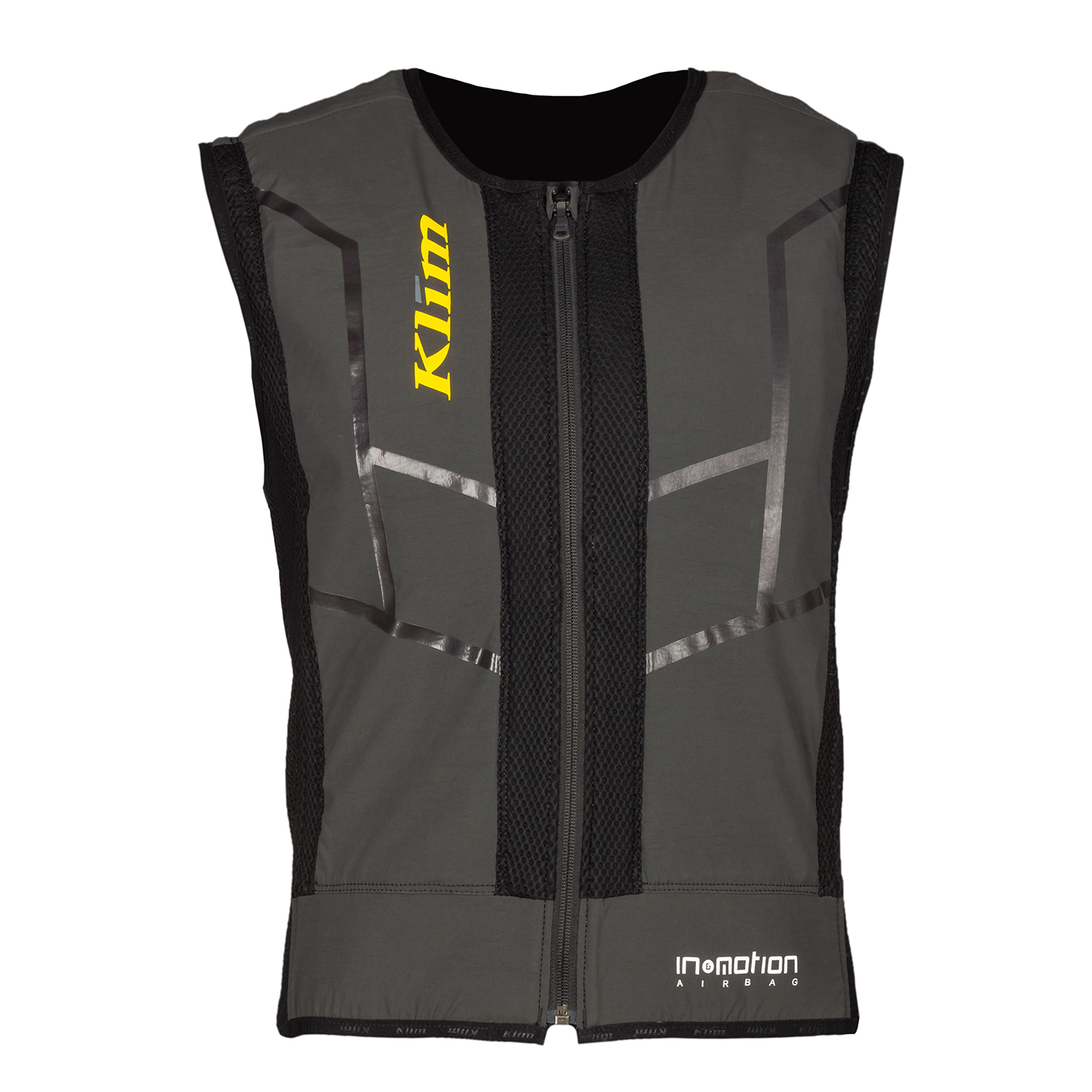I'll try to make this short. Like
@Erdoc48, I won't ride without one.
I got interested in one after reading of a member of NT-Owners.org who was in an accident. He was an experienced rider and leading a small group. The road turned, he didn't. His gear protected him from abrasions and head injury. The rest of him wasn't so lucky. I think he had 17 broken bones in his ribs. One cracked vertebrae and one fractured? To make a long story short, he was touch and go for months afterwards and I don't believe he's ridden afterwards. If he'd had an airbag vest, he could've walked away from it, I believe.
You can go fancy. I didn't. First, the technology wasn't available back then. Plus, I'm convinced the technology does little good. I have a Hit-Air vest. It operates with a tether that I have attached to the frame in front of the seat. Fit is sized to wear over your gear. If it goes off, and it has several times, I simply screw in a new CO2 cannister and put it on. No sensors to be recalibrated.
The first time it went off, I was heading to the prison at rush-hour. I came up to a busy intersection to turn right and immediately noticed the cars on the right side of the intersection were just beginning to move. It was a large intersection, so if I got moving now, I'd be ahead of all the traffic on the left that was also just starting to move. I let out the clutch. Right foot wasn't yet on the footpeg...and a teenager with a skateboard walked in front of me. My fault. I didn't look for pedestrians and he had every right to do what he did. But I still had to stop before hitting him.
I grabbed the front brake...no choice as the right foot wasn't up to the peg yet...and promptly proved you can't beat physics or gravity. The next thing I saw after seeing the kid was the sky. I'm checking my body and realizing that I don't feel any pain. (My ego was severely bruised though!) My left side is lying right on the upper edge of the curb and I should've cracked some ribs at least. Then I thought, "Oh, the air bag..." I squeezed the air out of the air bag and went on to the prison.
I'm on my second Hit-Air vest. The first one finally wore out. The outside looked great, but the plastic airbag was deteriorating from heat and sunlight. I bought the same exact one. No doubt in my mind.
The tether has pulled me up short when I tried to walk away, but never deployed. The tether system may seem technically out of date, but it works. There's nothing to fail on it. And while the sensors can state they work faster, the bottom line question is will it work fast enough. I've had mine deploy probably 4 times now and it has always worked.
What areas does it protect? A lot more than you'd think. The chest and back rib cages seem obvious. The backbone should be protected by your jacket's back protector. Less obvious is that the vest protects the neck and collarbones. And at the bottom, it protects the tailbone. Between the Helite and the Hit-Air, I think the Hit-Air protects more. You'll want to check for yourself though. Designs change.
I would not buy one that is built into the jacket itself. What do you do when you change jackets? If you buy one with sensors and it requires sending it in to be checked...are you going to stop riding? Or ride without? If it was something you deemed necessary for riding, why would you ever ride without it for two weeks while it is in the mail?
If you got more questions, send me a PM.
Chris






